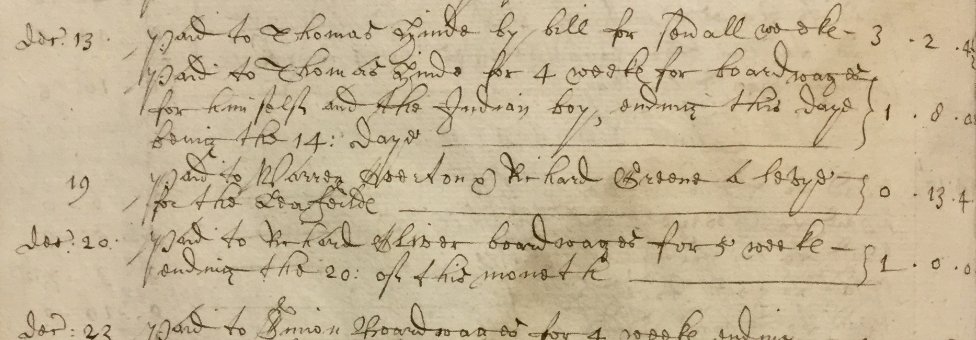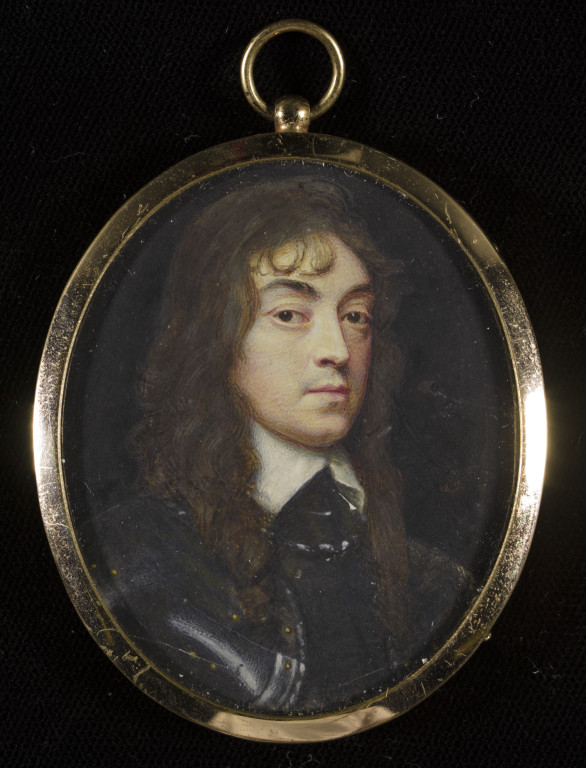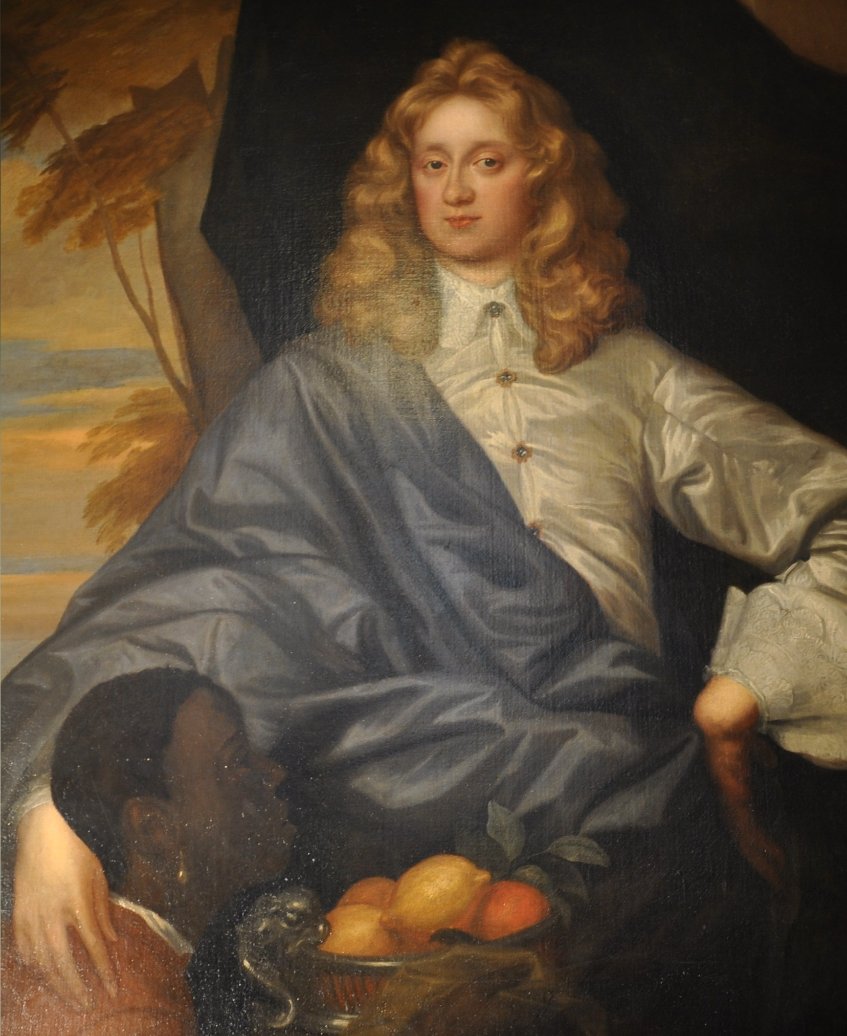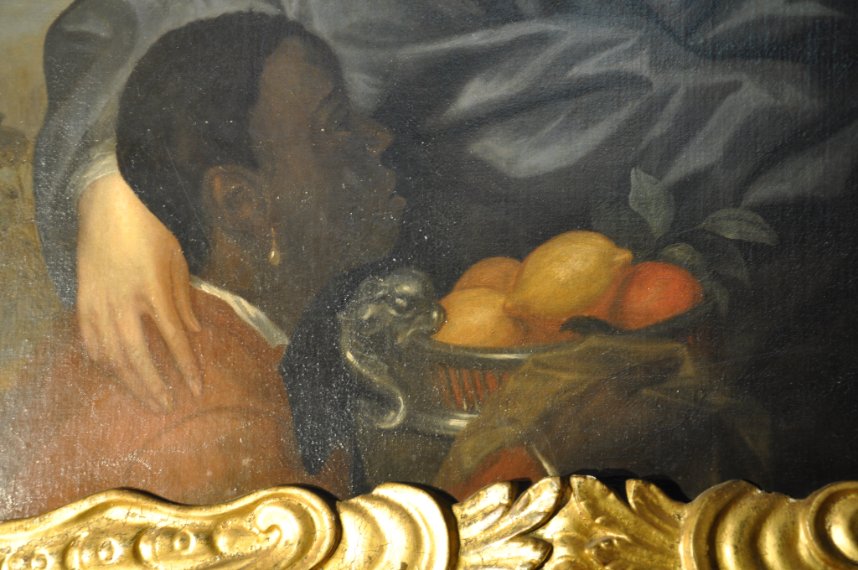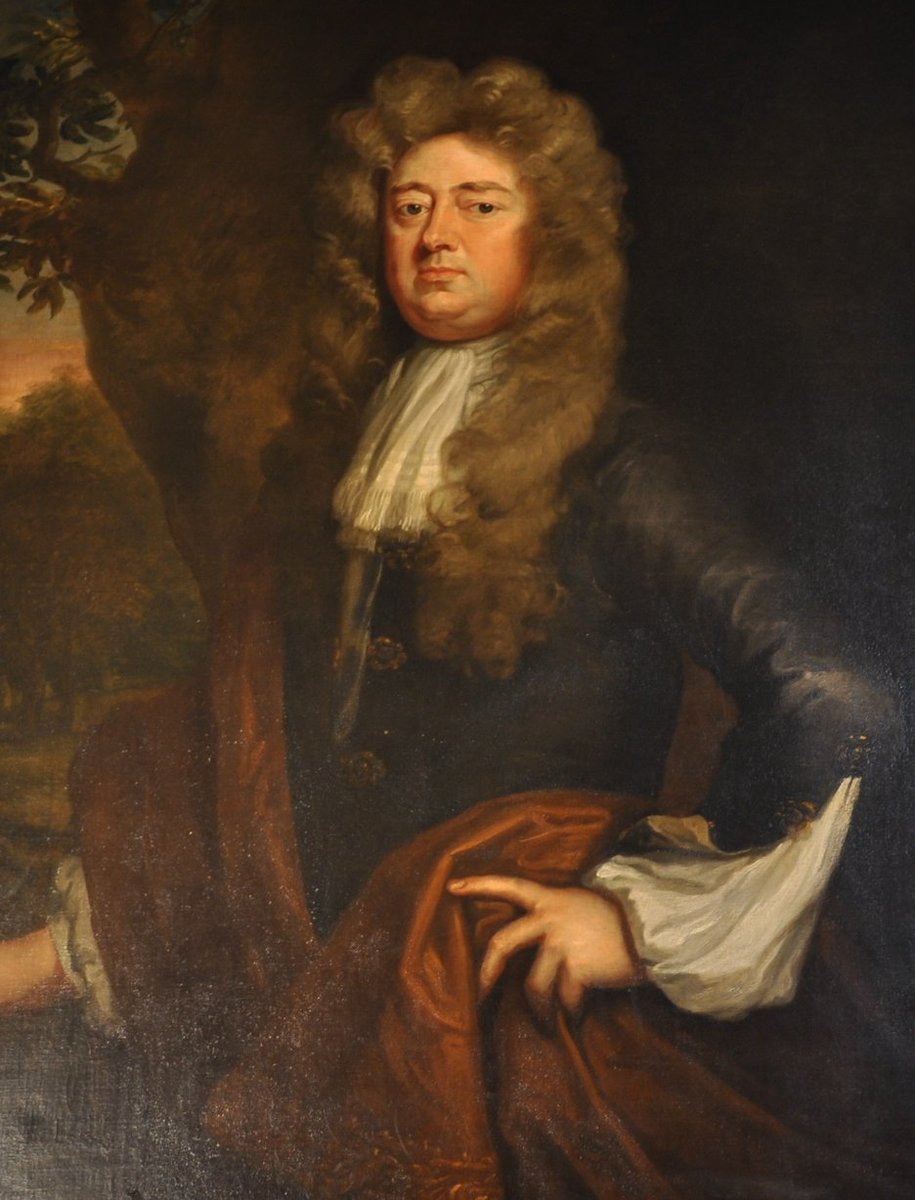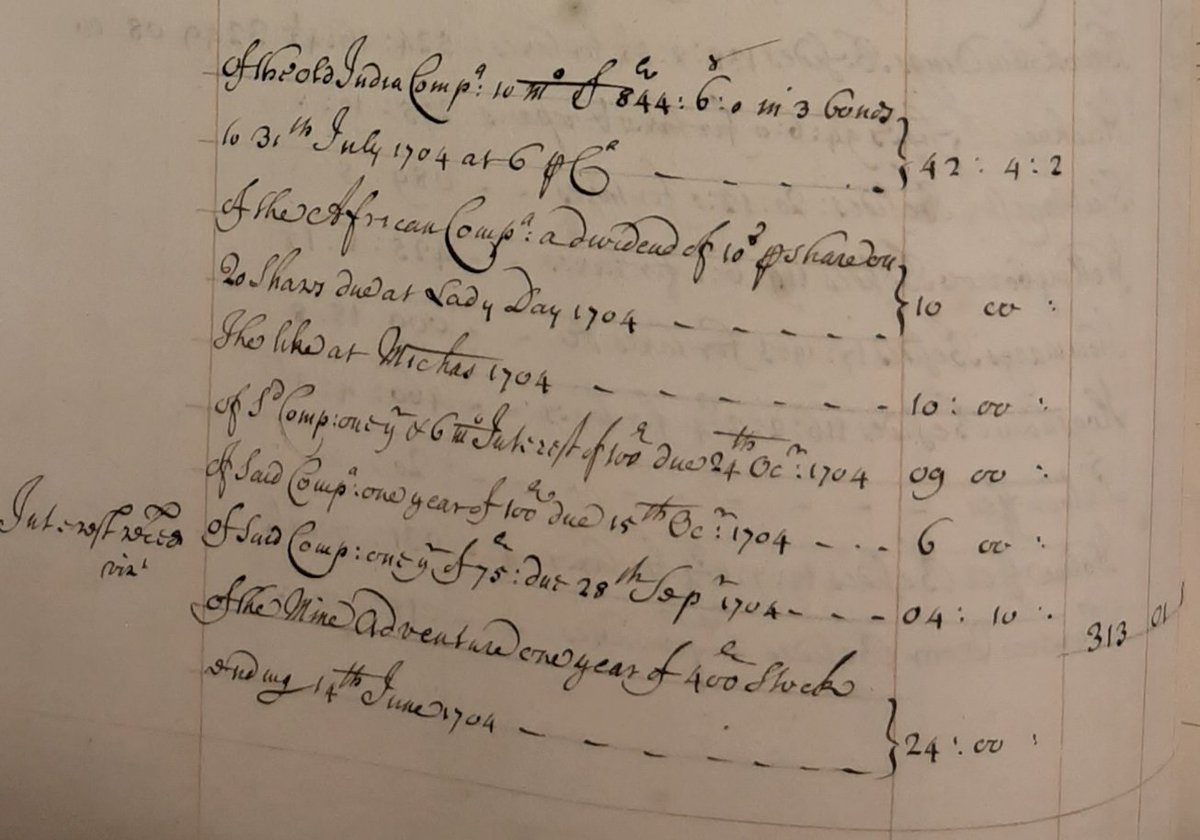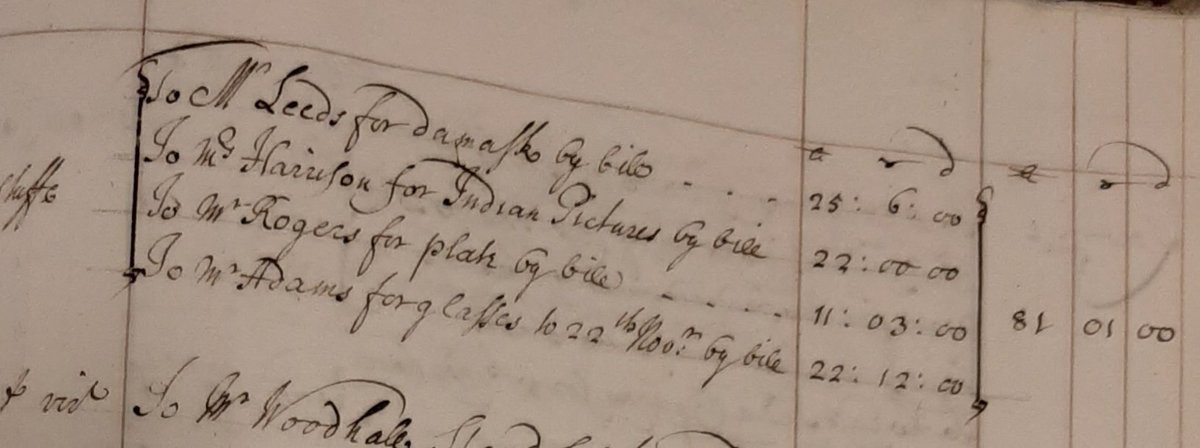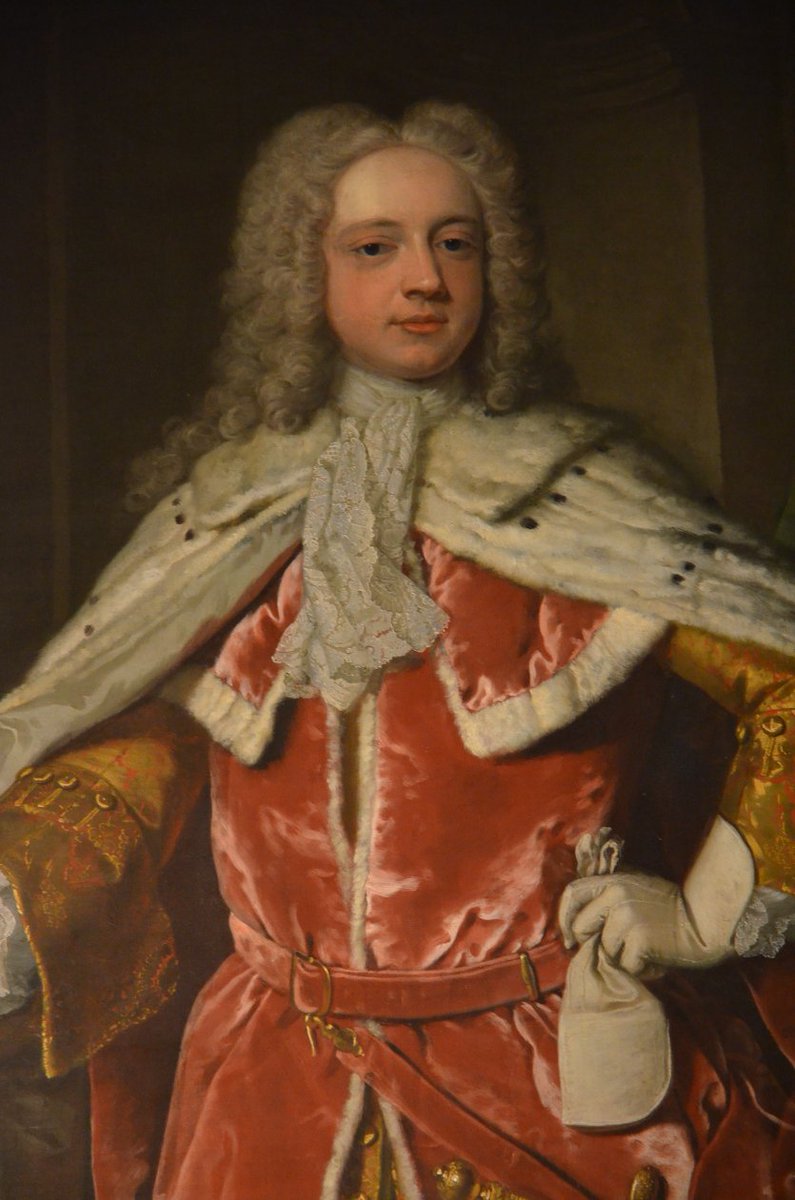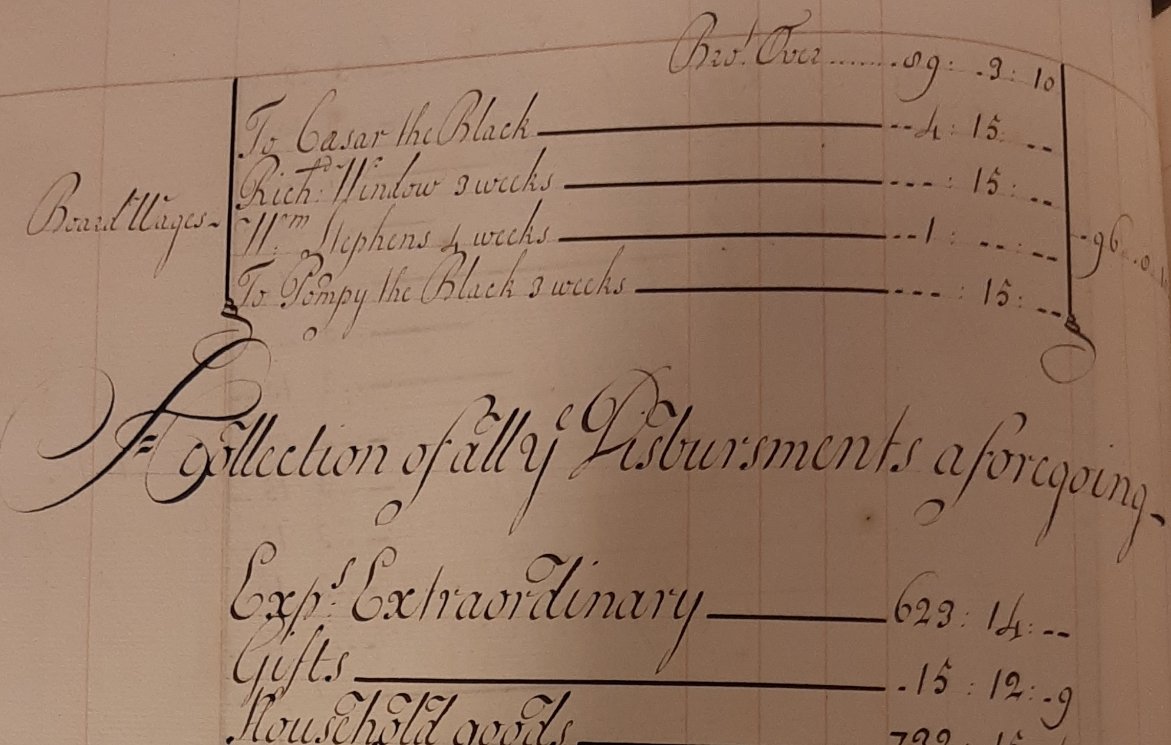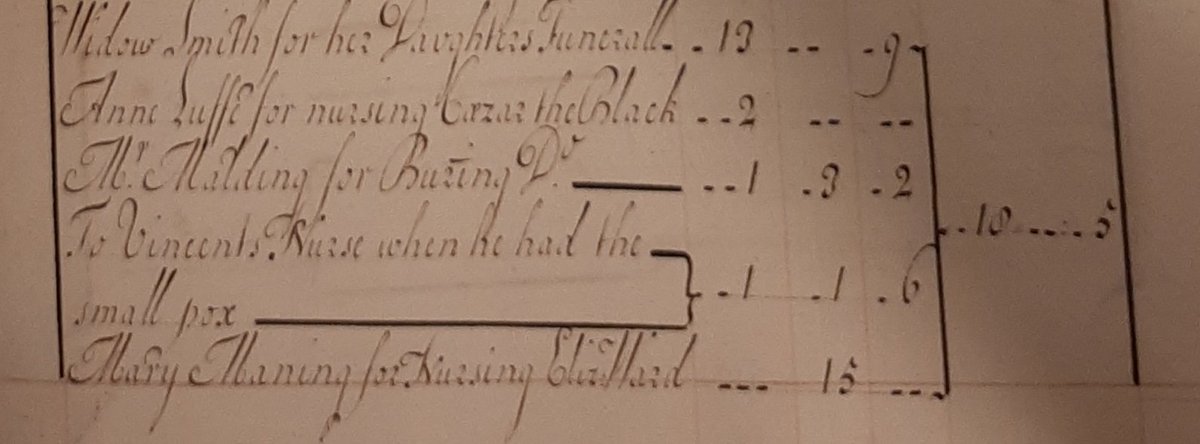1/ For #BlackHistoryMonth  https://abs.twimg.com/hashflags... draggable="false" alt=""> I want to share some remarkable findings I& #39;ve made recently. For the last six months I& #39;ve been editing and transcribing the @WarwickCastle household accounts at @Chambearlin from 1640-1740 and have reappraised my thoughts on the castle& #39;s history....
https://abs.twimg.com/hashflags... draggable="false" alt=""> I want to share some remarkable findings I& #39;ve made recently. For the last six months I& #39;ve been editing and transcribing the @WarwickCastle household accounts at @Chambearlin from 1640-1740 and have reappraised my thoughts on the castle& #39;s history....
2/ By 1640, @WarwickCastle had an & #39;Indian boy& #39; working in the kitchens alongside the master cook Thomas Hinde. He received boardwage only, suggesting he was more slave than servant. He may have been of African origin, or possibly an indigenous American from the Moskito tribe.
3/ The castle owner Robert Greville, 2nd lord Brooke, was the largest investor in the failed Providence Island Company, a franchise to establish a Puritan colony in the Caribbean. Could he have transported an indigenous American home to prove the value of Protestant education?
4/ Brooke was angry at the thousands of slaves used on Providence Island for fear their & #39;savagery& #39; would taint the Godliness of the colony. In a letter preserved in the British Library, he was warned & #39;the Negroes over-breed us& #39; by the governor. Would he import an African slave?
5/ @WarwickCastle was under a massive conversion into a parliamentary fortification in advent of the civil war. While the family moved to London, the Indian boy remained at the castle. He is named as & #39;Jack the Indian& #39; in garrison accounts at the TNA, but still clothed by Brooke
6/ Could Jack the Indian be the boy represented in this mid-17th Century family portrait of either Robert lord Brooke or his namesake son? The painting is still in the @WarwickCastle collection.
7/ My good friend @Adam_FineArt has written a great, short article on the exoticism and symbolism in this painting. https://www.ourwarwickshire.org.uk/content/article/oranges-lemons-greville-gardens-portraits-part-two">https://www.ourwarwickshire.org.uk/content/a...
8/ Later in the 17th Century, the family& #39;s wealth increased dramatically by investing large funds in the East India and Royal African companies. Fulke Greville, 5th lord Brooke, was a former MP and married to a London Alderman& #39;s daughter: well informed of overseas investment...
9/ Between 1695 and 1707, Brooke received thousands of pounds in profits from the two companies. The larger the profits he made, the more he invested. They paid for a fabulous lifestyle in London and reinvested back in rebuilding work in Warwick town after the fire in 1694.
10/ Other benefits came from these companies: Indian artwork (acquired by Edward Harrison of the East India Company) once hung alongside Old Masters at @WarwickCastle
11/ Then, at the beginning of the 18th Century, William Greville, 7th lord Brooke, had two individuals in his household known as & #39;Cesar the Black& #39; and & #39;Pompey the Black& #39; by 1718, at a time of financial difficulties when over half the household staff were dismissed
12/ That they received board but not wages would suggest they were slaves, not servants. They were probably purchased from slave ships in London or Bristol, not far from Brooke& #39;s countryside retreat Barton Farm. Were they hired to replace paid servants?
13/ The names Cesar and Pompey suggest they were male and of African origin (Aristocrats tended to provide their slaves with names of Classical Gods, military figures or Emperors). Do the names also suggest Cesar and Pompey were broad figures expected to do much manual labour?
14/ Their story was a sad one. Cesar died of smallpox within six months. He was buried by a Mr Malding, I continue to try and find where he may have been buried....
Pompey disappears from the accounts two years later: he was either sold or died too.
Pompey disappears from the accounts two years later: he was either sold or died too.
15/ These documents are not & #39;new discoveries& #39; really. They& #39;ve been regularly consulted, but largely for details of the architectural development of the castle.
These African and Indigenous American individuals have been hiding in plain sight for hundreds of years...
These African and Indigenous American individuals have been hiding in plain sight for hundreds of years...
16/ What these findings reveal, for me, are:
1) the small, rural aristocratic family of @WarwickCastle were involved in both profiting from and acquiring slaves and black servants during the accelerated period of growth in the English/British slave trade....
1) the small, rural aristocratic family of @WarwickCastle were involved in both profiting from and acquiring slaves and black servants during the accelerated period of growth in the English/British slave trade....
17/ And 2) during the 1600s/1700s, the @WarwickCastle household was not a Downton-Abbey-esqe image of white, working English men and women. It was a cosmopolitan mix of French, Dutch, English, Scottish, African and indigenous American servants and slaves working side-by-side.
18/ Also, check out the below article written earlier this summer by @Adam_FineArt and myself on Francis Greville, 1st Earl of Warwick& #39;s later 18th Century acquisition of a plantation and 53 African slaves:
https://www.ourwarwickshire.org.uk/content/article/slavery-documents-in-the-warwick-castle-archive">https://www.ourwarwickshire.org.uk/content/a...
https://www.ourwarwickshire.org.uk/content/article/slavery-documents-in-the-warwick-castle-archive">https://www.ourwarwickshire.org.uk/content/a...

 Read on Twitter
Read on Twitter